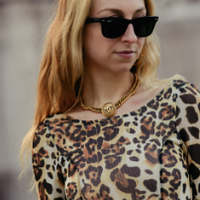Small Business Spotlight: Almost On Time
Designer Kayla Sade turns second-hand items like cable knits and jerseys into one-of-a-kind corsets.
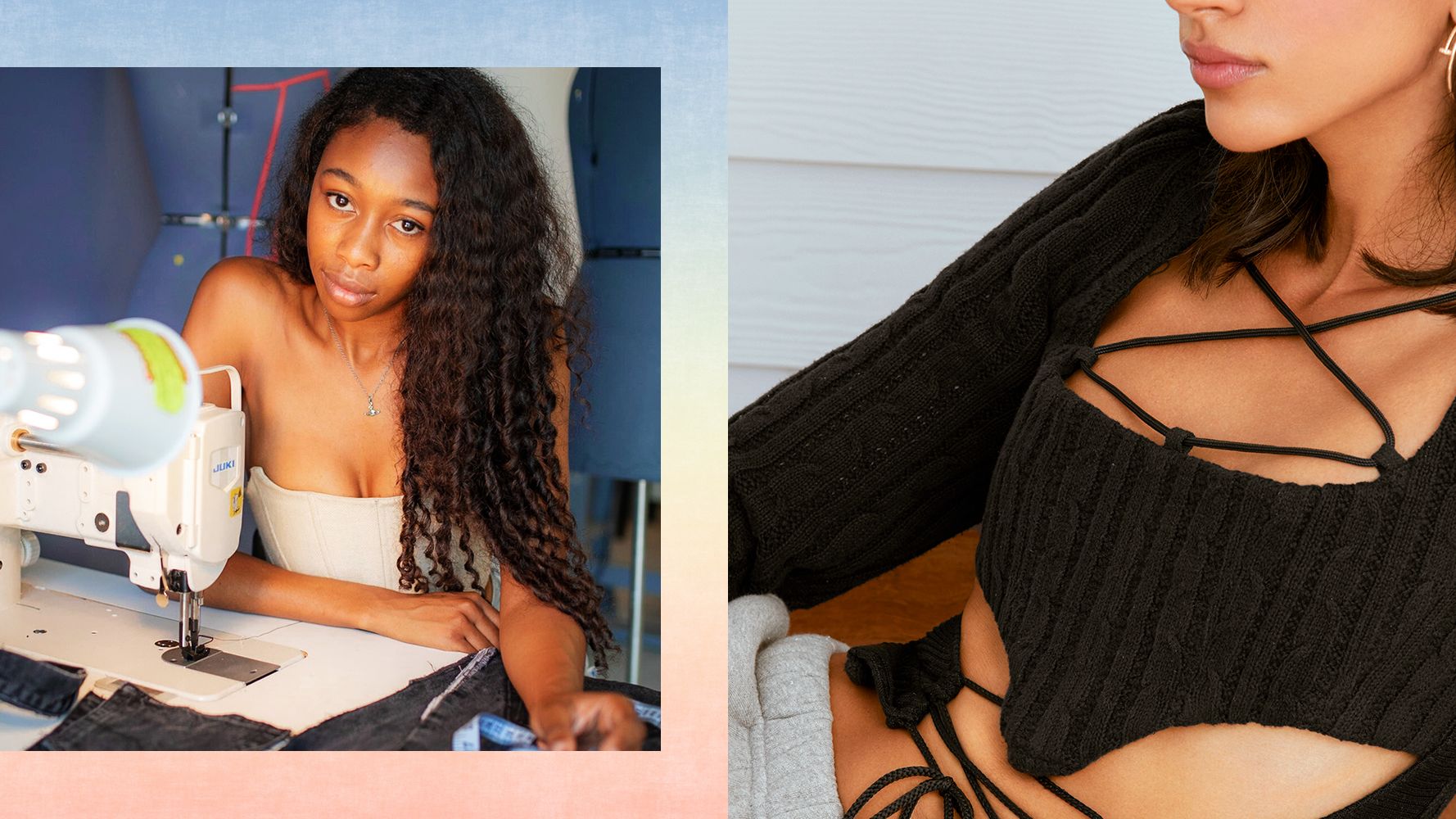
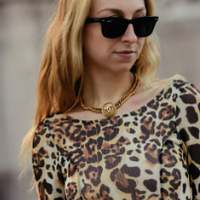
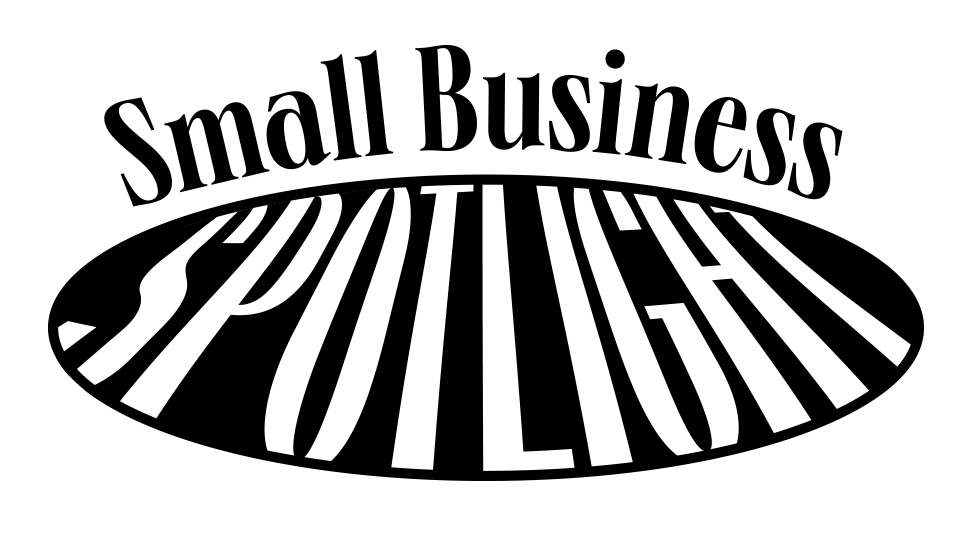
Women running their own companies? We love to see it. In our monthly series Small Business Spotlight, we chat with independent fashion entrepreneurs about their journey to be-your-own-boss status. Here, tips for raising funds, developing a marketing strategy, navigating social media, and more—straight from women who have done it themselves.
Kayla Sade, the designer and founder of Almost on Time, has a knack for turning nothing into something. In her hands, cozy pieces typically reserved for the couch become items to be worn out on the town. “I create structured sweater knits while playing with contrasting materials and new shapes that excite me,” she says. Take the butterfly cutout sweater, pictured below, which is made of upcycled secondhand cable knits and features a boned bodice and lace-up details. That modern interpretation of corsetry, influenced by feminine silhouettes and streetwear, pushes the standard fashion boundaries. “[My brand] is a call to end fast fashion. It is a part of the slow-fashion movement and places emphasis on purposeful creation of clothing,” says Sade, a San Fransisco native who recently relocated to Brooklyn, New York, to open her studio. “Each piece is made by one person from recycled materials and old garments. We take our time to make each piece and believe that the process of constructing our garments shouldn't be rushed.”
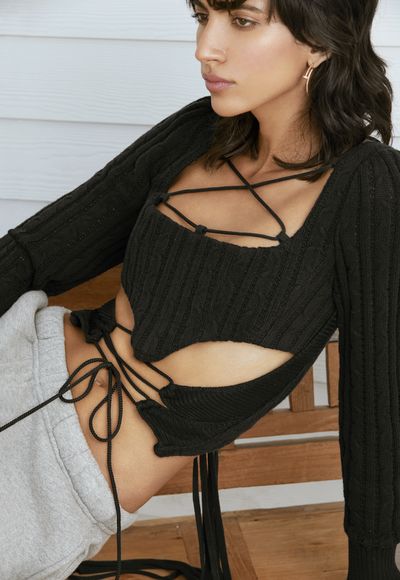
On Getting Started
“It started just a year ago with a ton of curiosity and a desire to create. I wanted to recreate things I couldn’t afford. I fell in love with Vivienne Westwood’s corsets and I wanted to recreate those myself. I just wanted to learn how to sew and make things on my own. I went to a small charter school for high school and [doing it yourself] was kind of the entire lifestyle of the school. So I [wasn't] even think[ing] about sustainability in the fashion sense.”
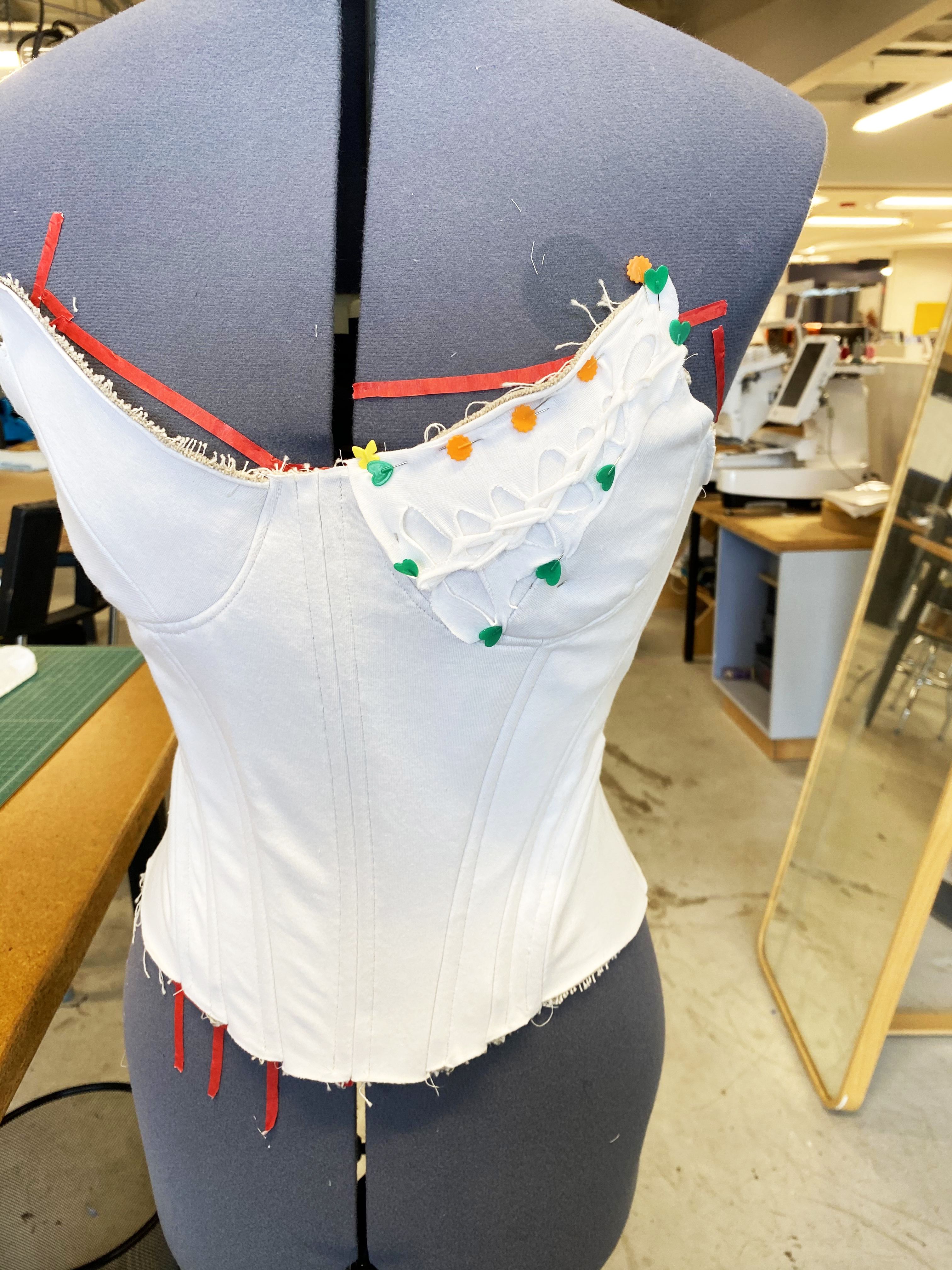
A corset top in the works.
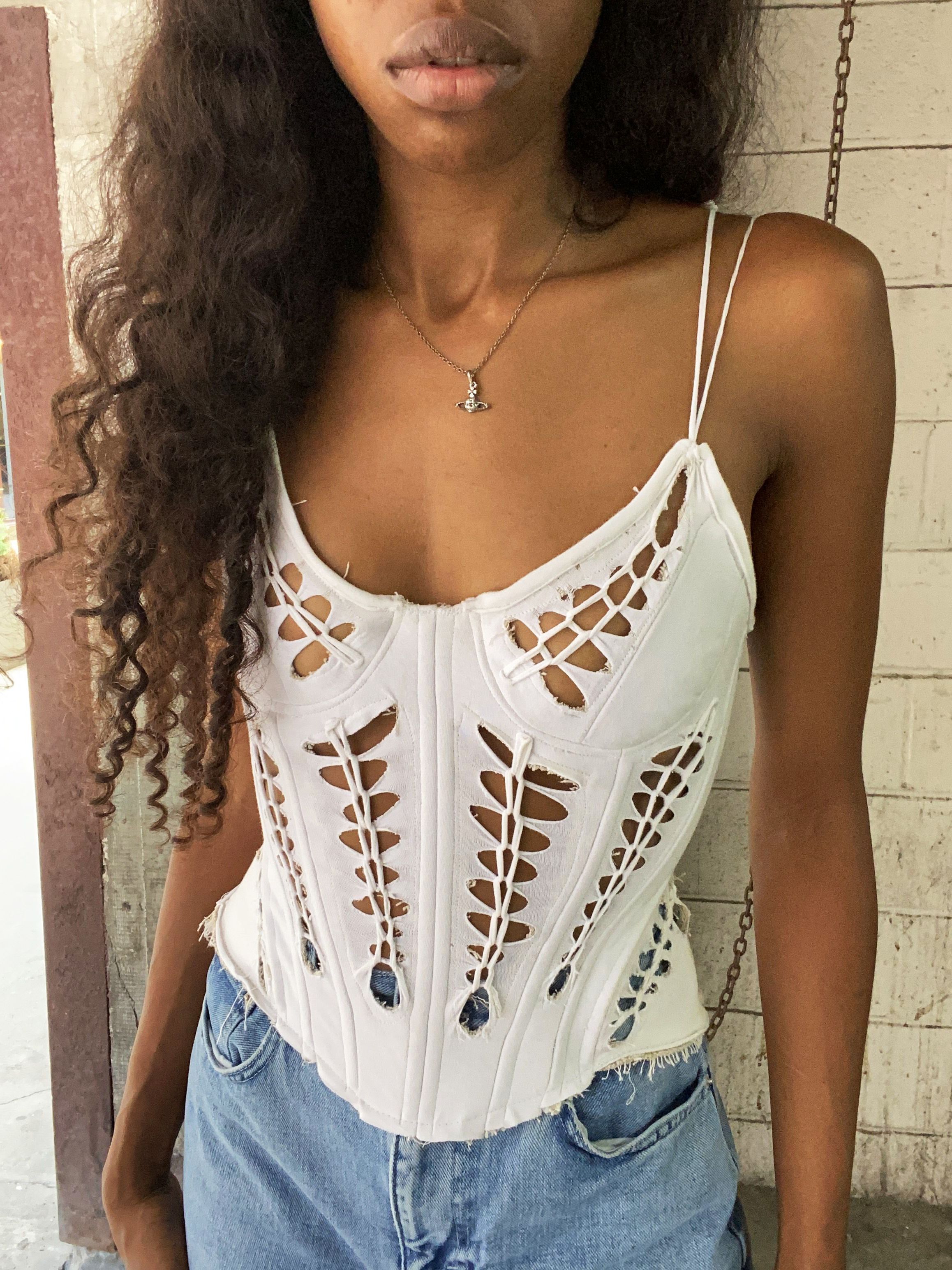
The finished product.
On Using Social Media as a Tool
"I started making things on Depop and [my social media presence] just grew really fast. The first corset I made kinda went viral and gave my page a lot of traffic. There was—all of a sudden—this demand, but I never tried to meet that demand. Quarantine had a lot to do with it, people are definitely on their phones more. I was lucky in the sense that I had an audience very early on."
A post shared by Kayla Sade (@almost.on.time)
A photo posted by on
On Maintaining Your Own Upcycled Supply Chain
"I work with local seamstresses in San Francisco. I give them the pattern I designed and they help me produce my work. I design everything out of my apartment. Material-wise, I like to use well-known brands like Nike and Champion. When I first started, I used Nike sweats specifically because I know the products were consistently made of the same material and that was a way to maintain consistency in materials. I go to thrift stores myself and source all of the materials. I started with sweats but now I am branching out with my sweater collection. I’ve done a few larger orders with Urban Outfitters, but I like to keep it to small drops."
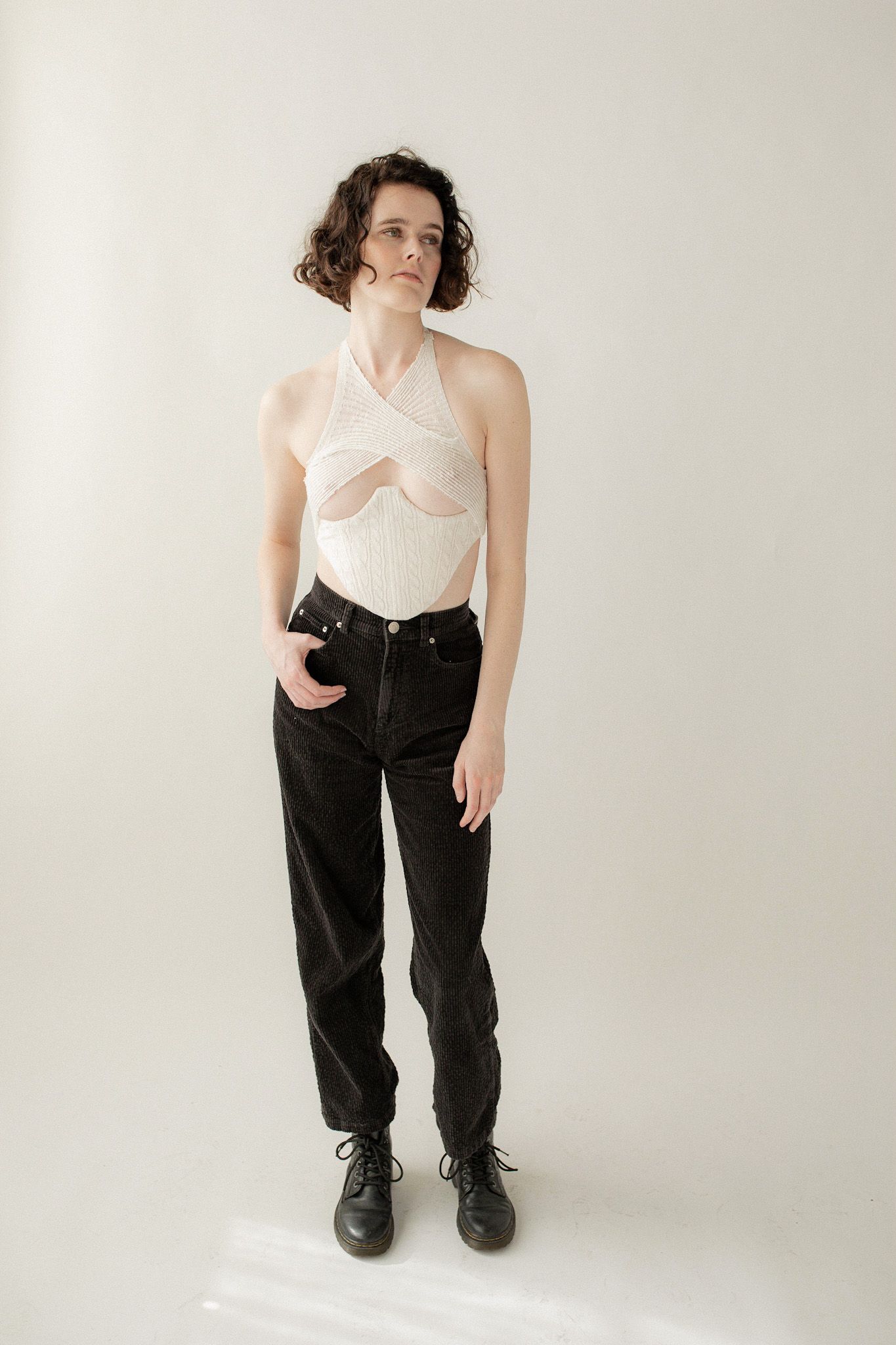
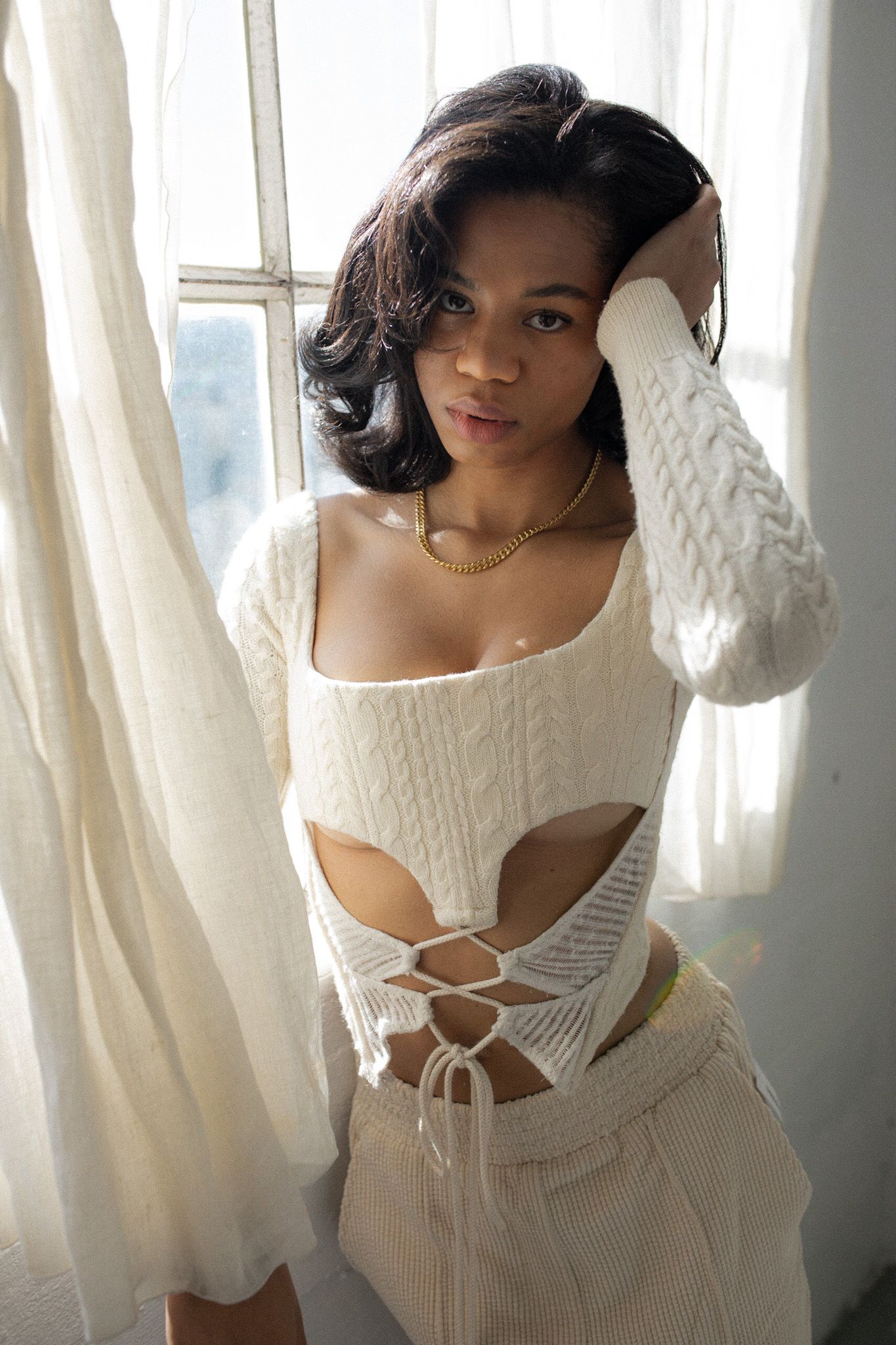
Another upcycled cable-knit creation from Almost on Time.
On the Future of the Line
"I plan to keep experimenting with custom upcycled clothing, but also to manufacture new garments inspired by my upcycled designs with circularity in mind. I think that using eco-friendly materials like organic cotton is a start, but not a solution to fixing the problem of waste in the fashion and garment production industry. As I continue to learn more about how clothes are produced, the more I realize there is an immediate need for innovation and change. It's been a challenge for me to create larger quantities of upcycled clothing simply because of the way things have been set in place. Repurposing old materials to make new ones is helping me to think on a larger scale for the future."
For more information about the next drop, check out almostontimesf.com or follow the brand on Instagram.
Get exclusive access to fashion and beauty trends, hot-off-the-press celebrity news, and more.
A version of this story appears in the Summer 2021 issue of Marie Claire.
RELATED STORIES
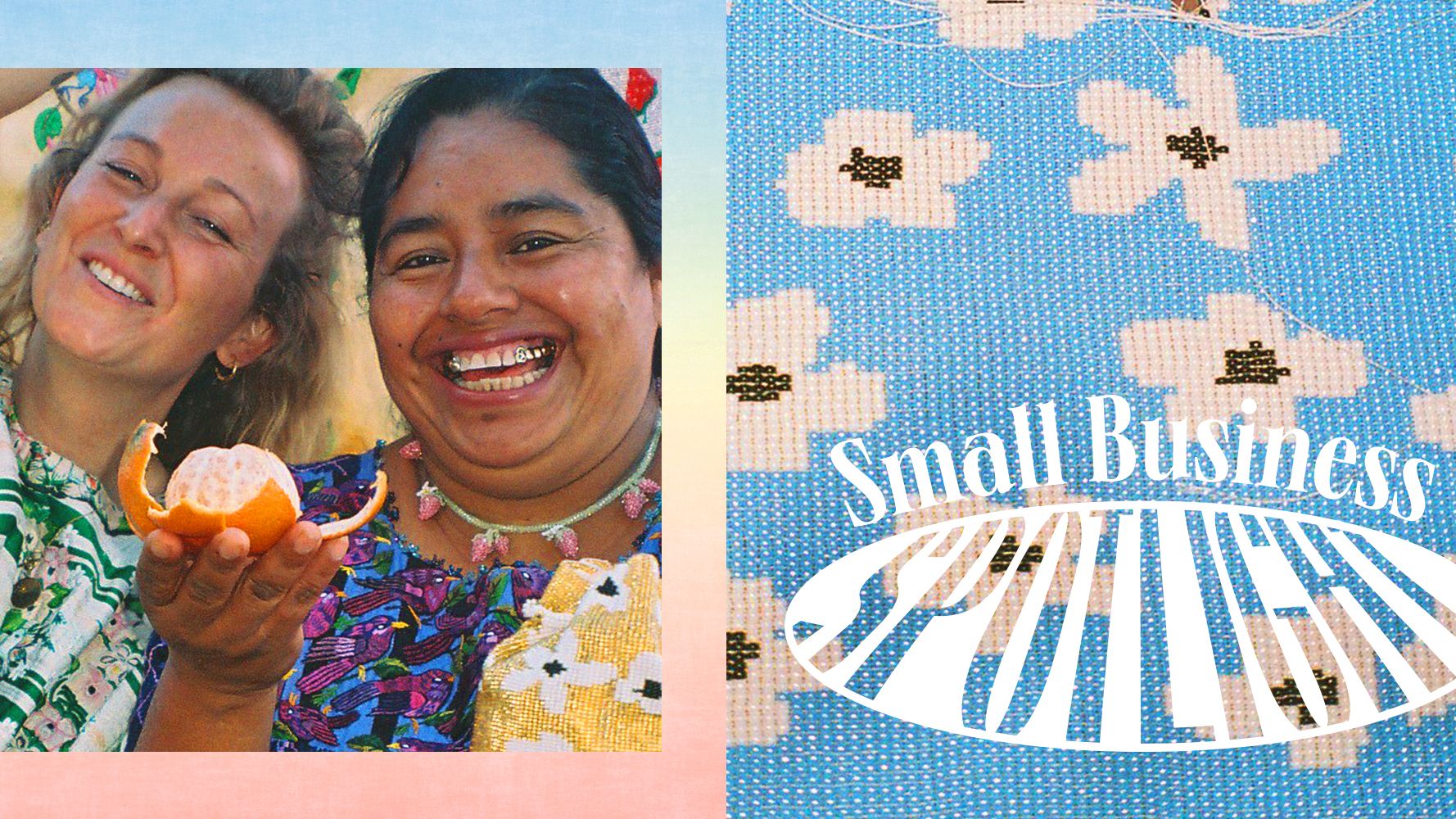
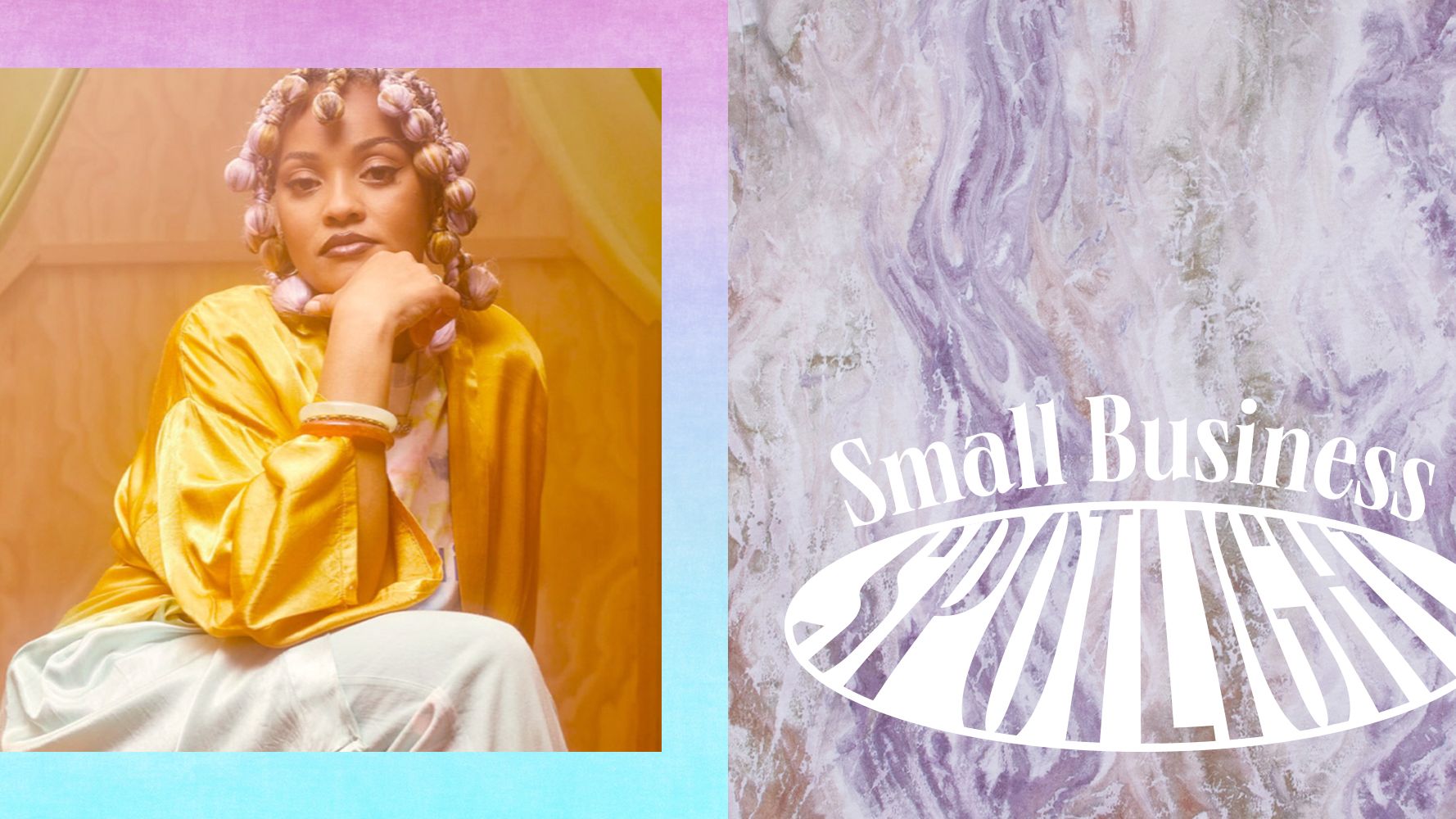
Shelby Comroe is the Credits Editor and Fashion Assistant at Marie Claire covering all things fashion and giving credit where credit is due. Check her out @shelbycomroe on Instagram if buying designer handbags is your idea of a retirement plan!
